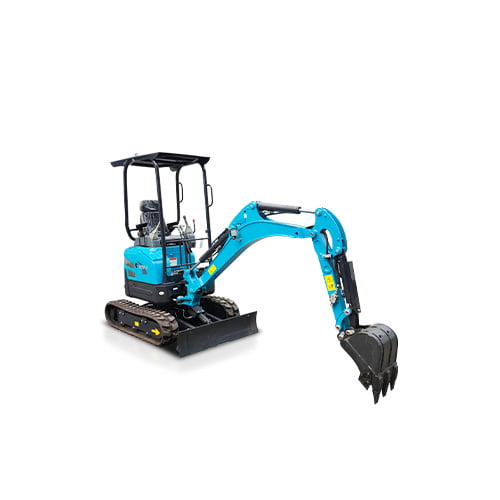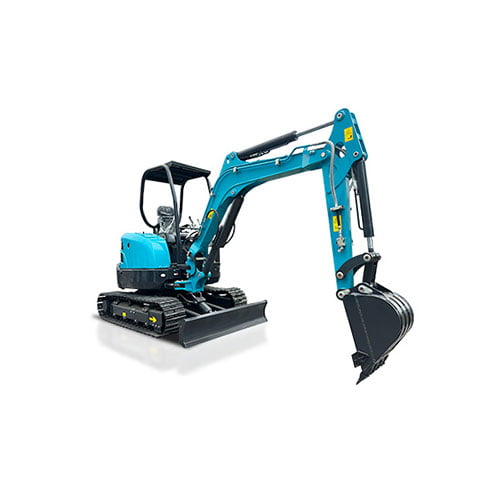Welcome to My Blog!
Before we dive into the content, I’d love for you to join me on my social media platforms where I share more insights, engage with the community, and post updates. Here’s how you can connect with me:
Facebook: https://www.facebook.com/profile.php?id=100072217509763
LinkedIn: https://www.linkedin.com/company/74949059/admin/dashboard/
YouTube:www.youtube.com/@tractormanufacturer-lc5qz,www.youtube.com/@excavatormanufacturers-sn9hk
TikTok: www.tiktok.com/@tractormanufacturer, www.tiktok.com/@excavatormanufacturers
Now, let’s get started on our journey together. I hope you find the content here insightful, engaging, and valuable.
Introduction

Mini excavator lifting capacity is a crucial factor to consider when selecting a compact excavator for various tasks. Understanding the lifting capacity of a mini excavator is essential for ensuring safe and efficient operation. In this comprehensive guide, we will delve into the world of mini excavator lifting capacity, exploring factors that affect it, how to calculate it, and tips for maximizing performance.
Understanding Lifting Capacity
What is Lifting Capacity?
Lifting capacity refers to the maximum weight that a mini excavator can lift safely at a specific radius. It’s a critical parameter that determines the machine’s suitability for various tasks.
Factors Affecting Mini Excavator Lifting Capacity:
Several factors influence a mini excavator’s lifting capacity, including:
- Machine size and weight: Larger excavators generally have higher lifting capacities.
- Boom length and angle: The length and angle of the boom affect the lifting capacity at different points.
- Outrigger stability: The stability provided by the outriggers significantly impacts the lifting capacity.
- Ground conditions: The type of ground on which the excavator is operating can affect its stability and lifting capacity.
- Attachment weight: The weight of the attachment being used can reduce the overall lifting capacity.
Calculating Mini Excavator Lifting Capacity
Manufacturer’s Specifications:
The most accurate way to determine a mini excavator’s lifting capacity is to refer to the manufacturer’s specifications. These specifications typically provide detailed charts or graphs that illustrate the lifting capacity at various boom lengths and angles.
Load Charts:
Load charts are graphical representations of a mini excavator’s lifting capacity. They provide a visual representation of the safe working load limits for different configurations. Load charts are often included in the manufacturer’s specifications or can be obtained separately.
Third-Party Software:
Specialized software programs can be used to calculate the lifting capacity of a mini excavator based on various input parameters. These programs can be helpful for more complex calculations or when you need to compare the lifting capacities of different models.
Factors to Consider When Selecting a Mini Excavator Based on Lifting Capacity
- Task Requirements: Identify the specific tasks that the mini excavator will perform and determine the required lifting capacity. This will help you choose a machine that is suitable for your needs.
- Attachment Compatibility: Ensure that the chosen mini excavator can accommodate the attachments you need, such as buckets, breakers, and augers. Different attachments have different weight requirements, so it’s important to select a mini excavator with sufficient lifting capacity to handle them.
- Worksite Conditions: Consider the ground conditions, available space, and any obstacles on the worksite when selecting a mini excavator. A smaller machine may be more suitable for tight spaces, while a larger machine may be better suited for rough terrain.
- Operator Skill Level: Choose a mini excavator that is appropriate for the skill level of the operator. A more complex machine may require additional training or experience.
Maximizing Mini Excavator Lifting Capacity
- Proper Maintenance: Regular maintenance is essential for maintaining optimal performance and ensuring the safety of the operator. Proper maintenance includes regular inspections, lubrication, and repairs.
- Correct Attachment Selection: Choose attachments that are compatible with the mini excavator and are appropriate for the task at hand. Using the wrong attachment can reduce the lifting capacity or even damage the excavator.
- Stable Undercarriage: Ensure that the mini excavator is positioned on a firm and level surface before lifting loads. A stable undercarriage is essential for safe and efficient operation.
- Avoid Overloading: Never exceed the rated lifting capacity of the mini excavator. Overloading can damage the machine and create a dangerous situation.
- Operator Training: Provide adequate training to operators to ensure safe and efficient operation. Proper training will help operators understand the limitations of the machine and avoid accidents.
Common Misconceptions about Mini Excavator Lifting Capacity

- Larger is Always Better: While a larger mini excavator generally has a higher lifting capacity, it may not be the best choice for all applications. Consider the size of the worksite and the required maneuverability. A smaller machine may be more suitable for tight spaces or confined areas.
- Lifting Capacity is Constant: The lifting capacity of a mini excavator varies depending on the boom length, angle, and other factors. The lifting capacity will decrease as the boom is extended or raised.
- Attachments Don’t Affect Lifting Capacity: The weight of the attachment can significantly reduce the overall lifting capacity of the mini excavator. Heavier attachments will require more power to lift, which can reduce the amount of weight the excavator can lift.
Conclusion
Understanding the lifting capacity of a mini excavator is crucial for ensuring safe and efficient operation. By carefully considering the factors discussed in this guide and selecting the right mini excavator for your specific needs, you can maximize productivity and minimize the risk of accidents.
FAQ
Q: How can I determine the lifting capacity of a specific mini excavator model?
A: Refer to the manufacturer’s specifications for detailed information.
Q: What factors affect lifting capacity?
A: Machine size, boom length, outriggers, ground conditions, and attachment weight.
Q: How can I calculate lifting capacity?
A: Use manufacturer specifications, load charts, or specialized software.
Q: What should I consider when selecting a mini excavator?
A: Task requirements, attachment compatibility, worksite conditions, and operator skill level.
Q: How can I maximize lifting capacity?
A: Proper maintenance, correct attachments, stable undercarriage, avoiding overloading, and operator training.




